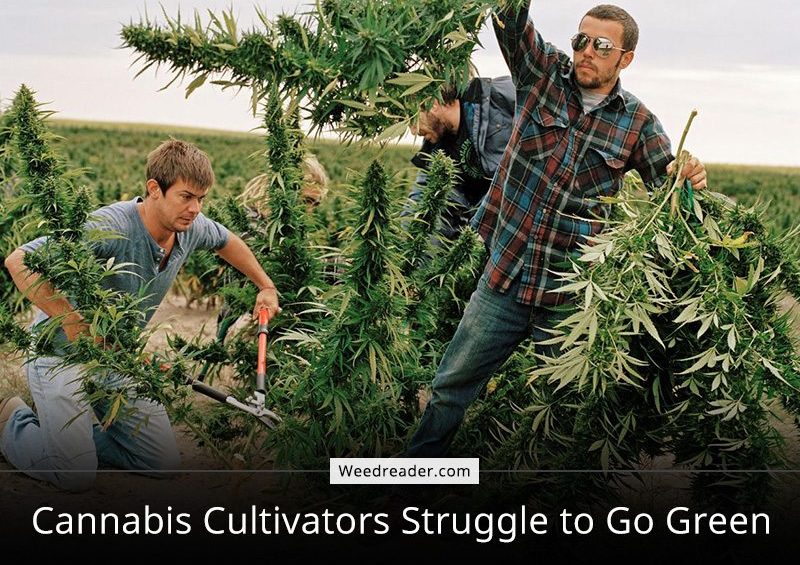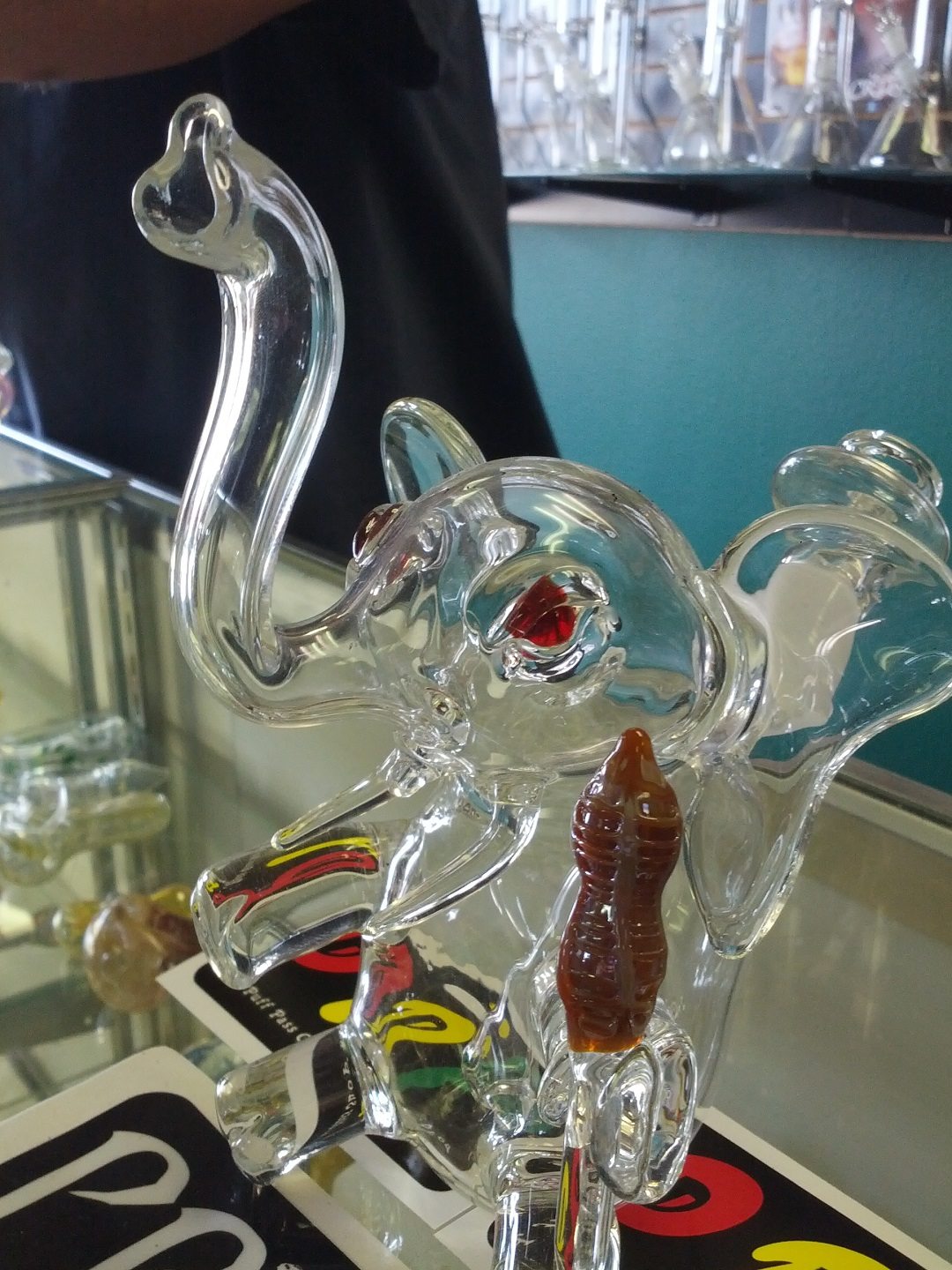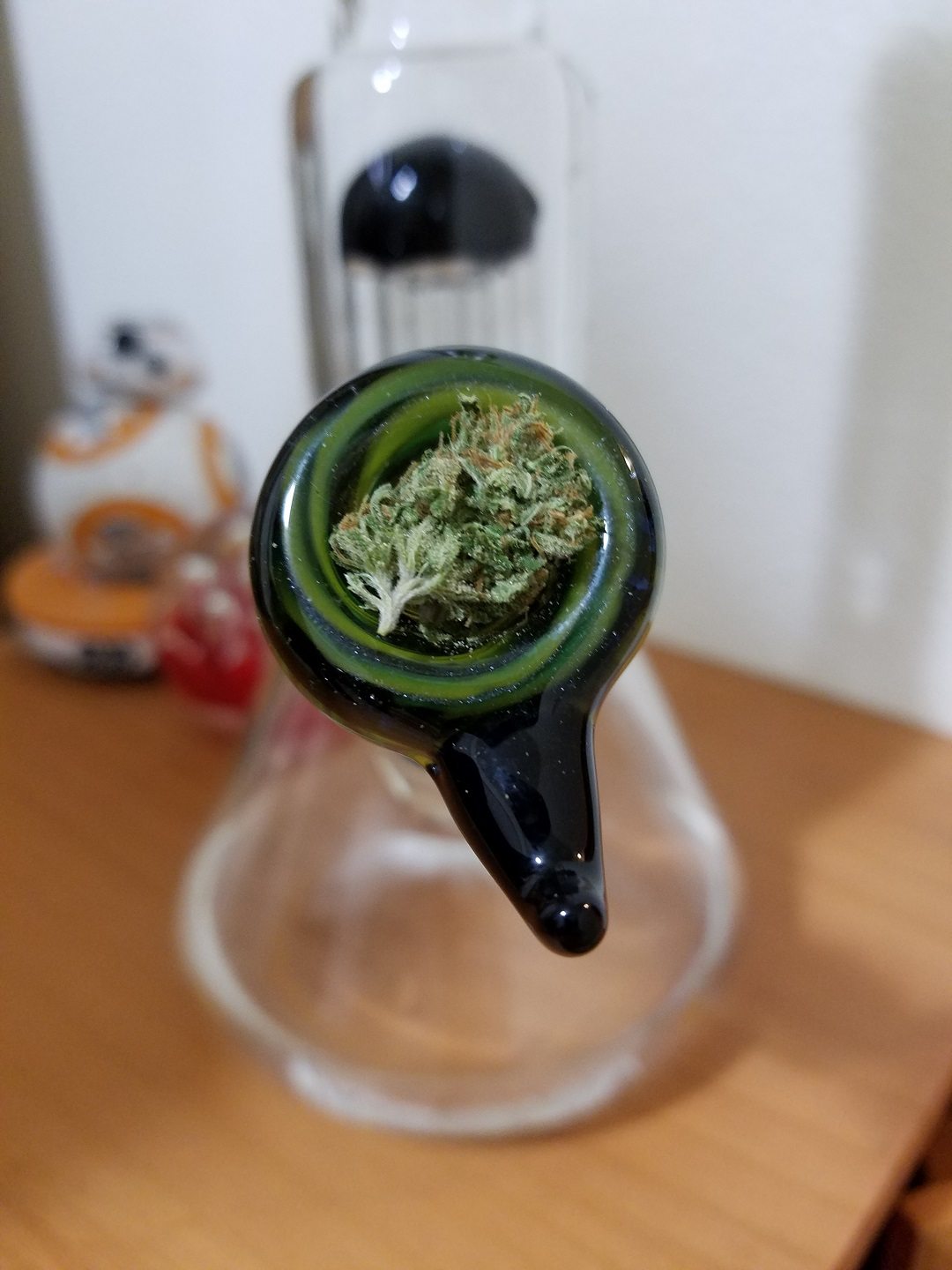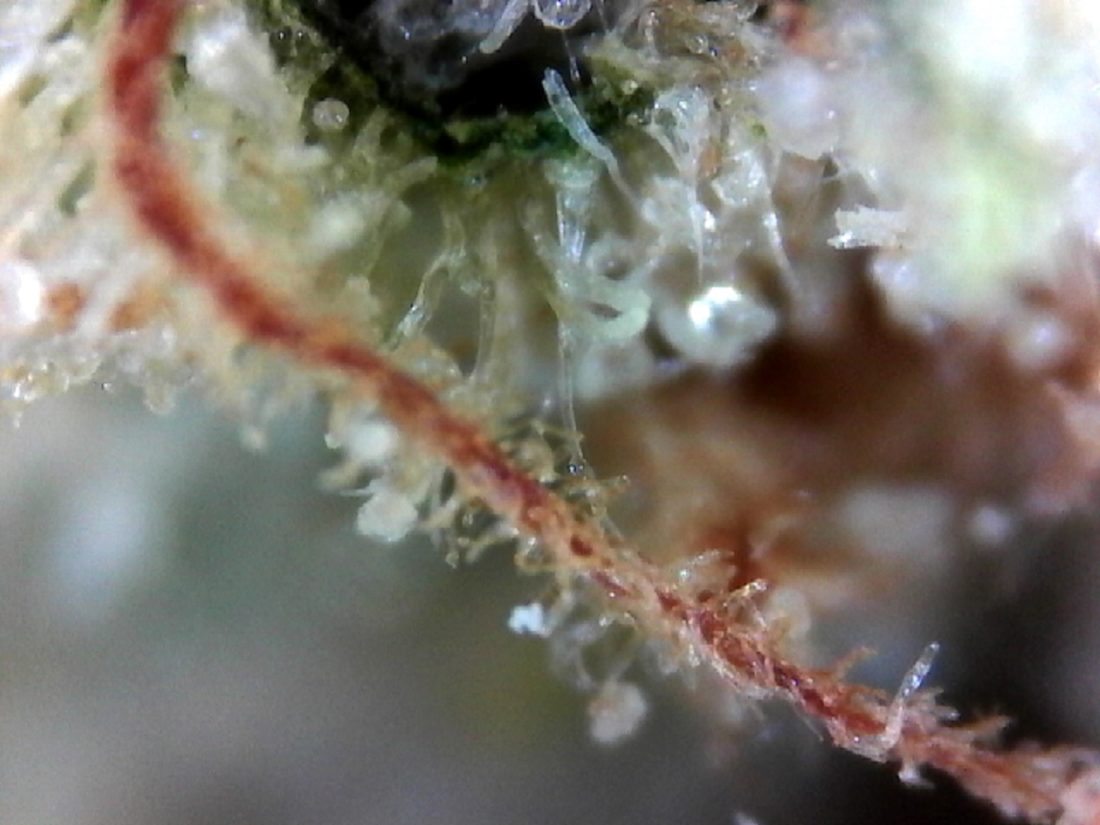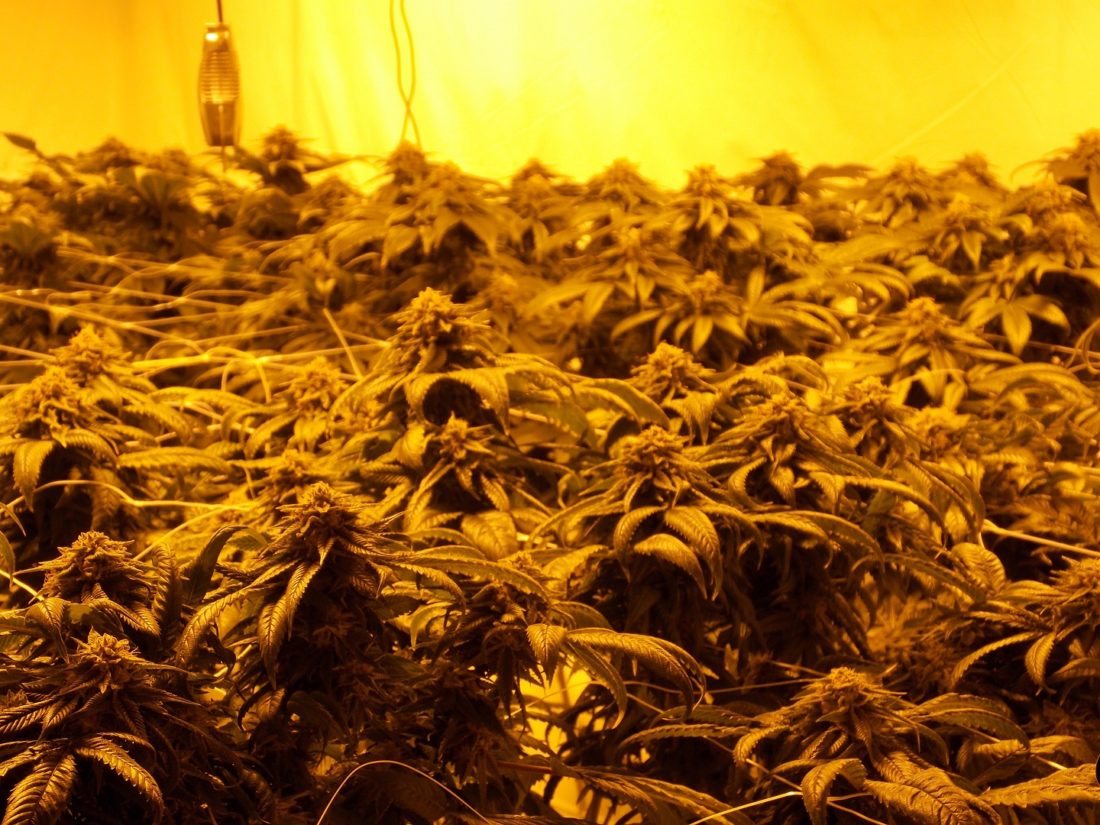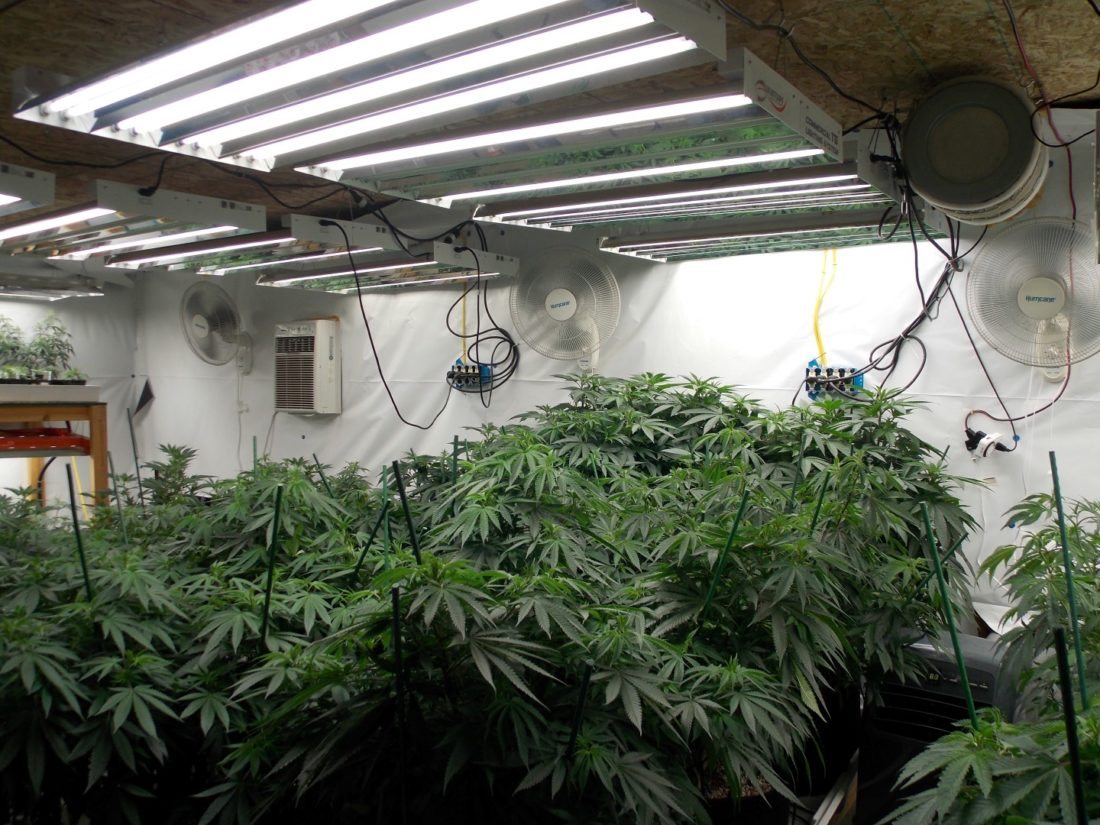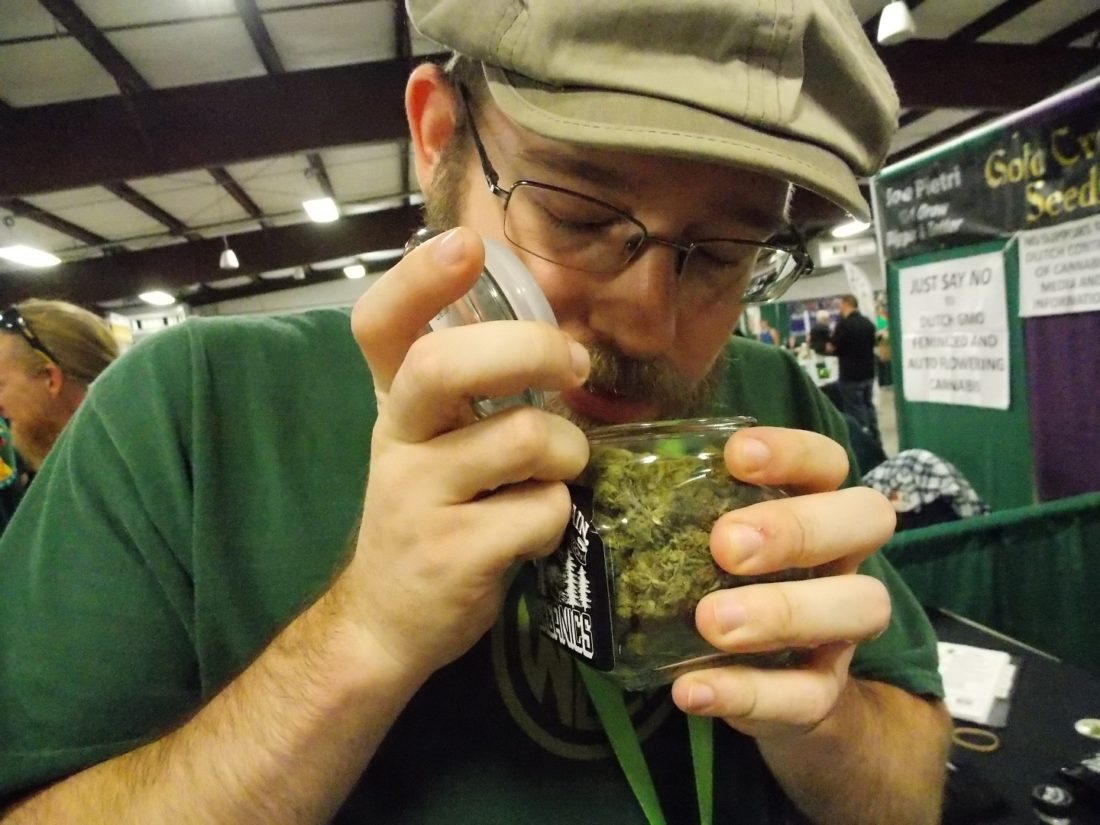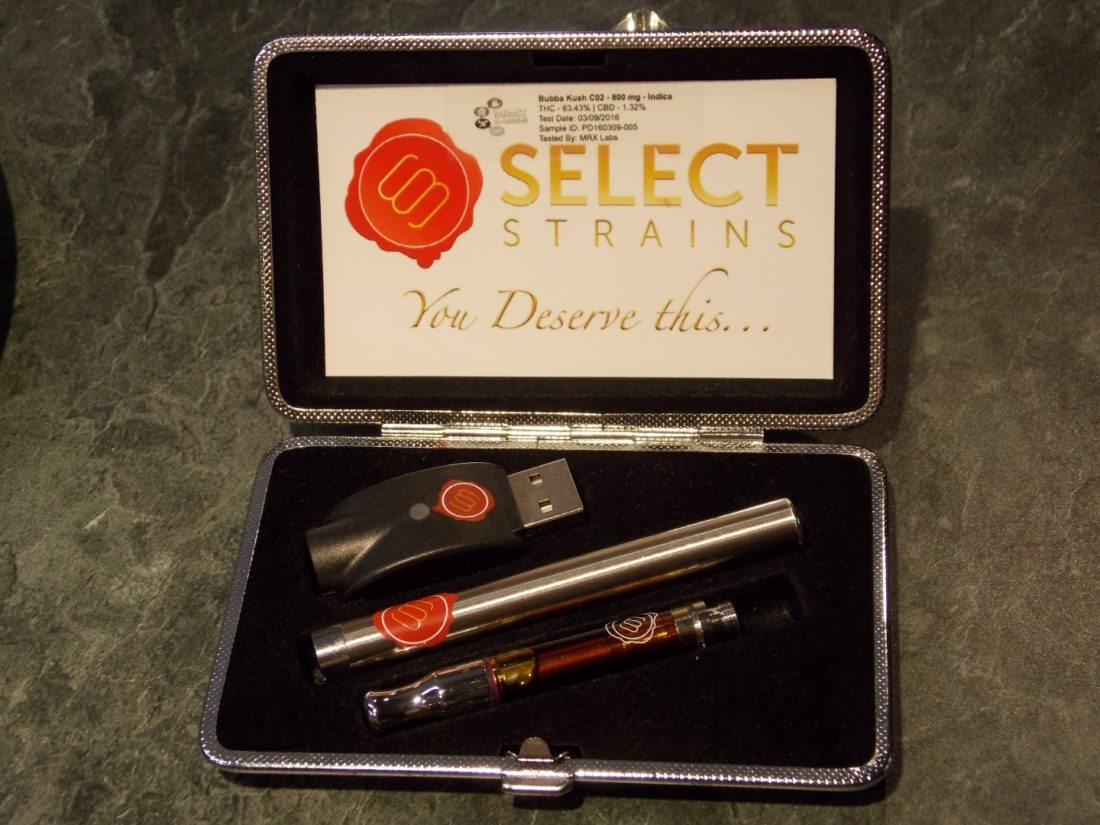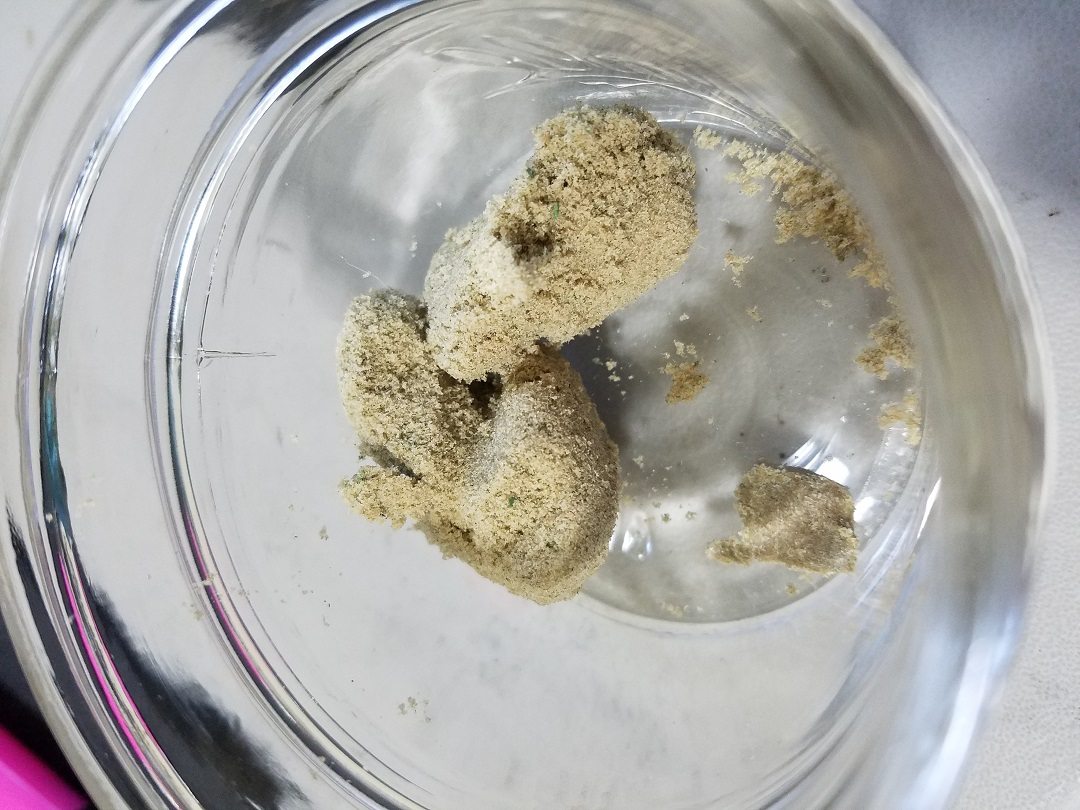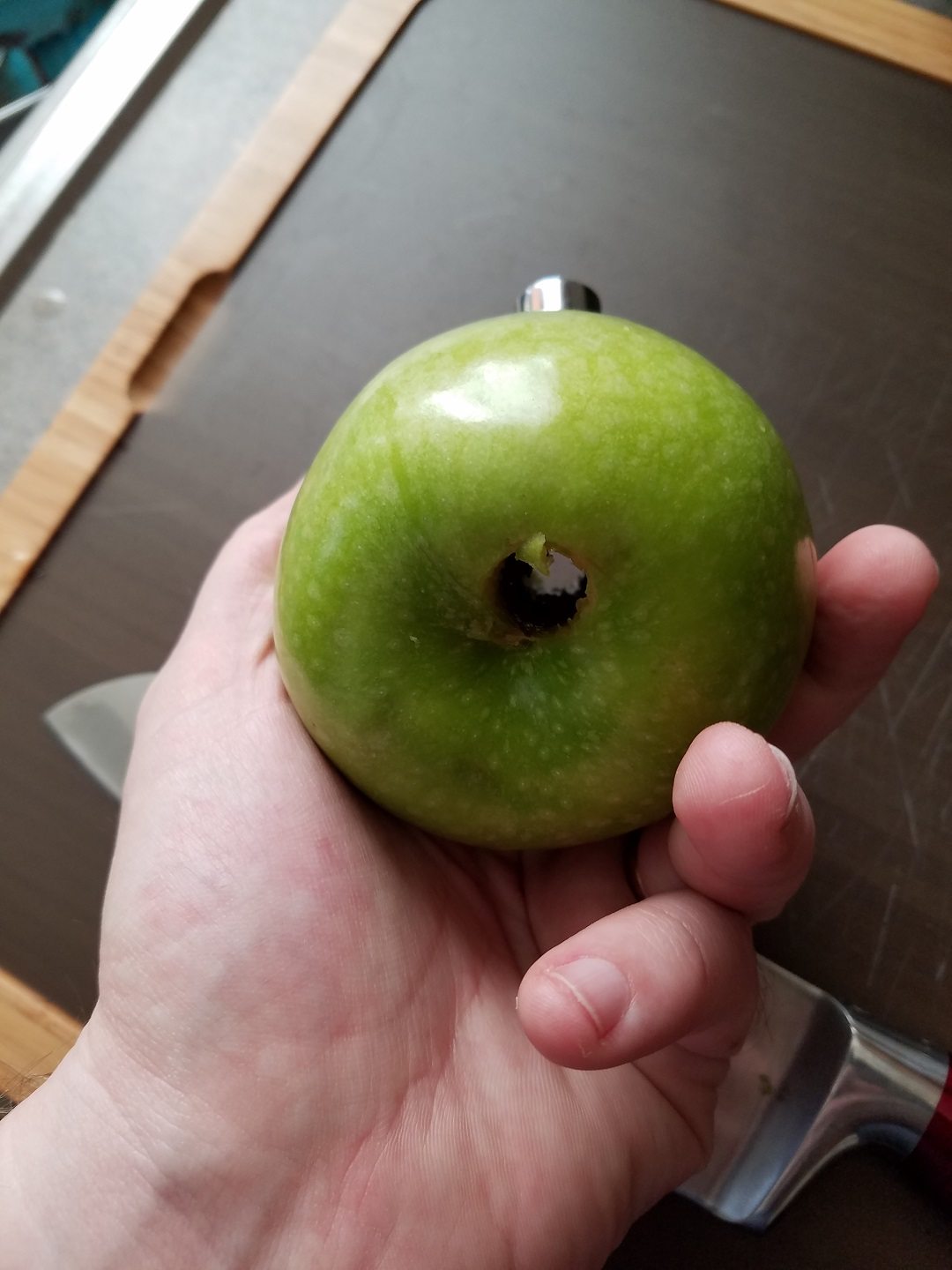If you have ever been curious about trying cannabis for your first time, don’t worry. This is a completely normal anxiety. While there are many reasons for the use of marijuana, the effects can be different for everyone. There are, however, similar things that people experience. Knowing how marijuana will affect you may help to lessen your anxiety. So before using a service to get marijuana, know what to expect.
Trying Marijuana for the First Time
There is really no wrong way to try marijuana for the first time. These days cannabis comes in so many different forms. There is no reason why you have to smoke low quality bud as a starter. While nothing can compare to top shelf flower, there are other things to consider. If you are worried about your lung health, consider using an edible. With products like edibles, topical creams and tinctures, your options are endless.
It is important to note that while smoking marijuana will bring you instant results, other ways are much slower. This is especially true for edibles. If you are using one of these, remember to wait an hour or two before taking another dose. This will be the big difference between having a positive first time experience and a negative one.
- Body High
A body is one of the first things you will experience. Some people describe this as an out of body experience. Your limbs will feel weightless. This is great for people who suffer from chronic pain. You will still have complete functions over your body so have no fear. If the high becomes too much for you, find a quiet spot to sleep it off.
- Fuzzy Head
The THC in marijuana means that you can experience some insane brain highs. While you might not be able to think clearly, this will all depend on how much you have consumed. It is important to know your limits. This is especially true when it comes to doing everyday activities like driving.
- Hunger
Different strains will affect you differently. But, no matter what the strain, chances are you will get hungry. Munchies are not a cannabis myth. Stock up on tons of healthy snacks before trying marijuana for the first time.
- Euphoria
One of the main reasons why people love using marijuana in is because of the euphoric properties. Euphoria helps with common social problems like anxiety and depression. This can actually help you to lead a productive life again.
- Sleepiness
A common effect that first time marijuana users experience is sleepiness. While this may seem like a waste of good bud, it has its benefits. Insomnia suffers love to use indica strain cannabis to help them sleep at night. Sleepiness will also depend on how much cannabis you have consumed.
- Mellow
The most common thing you will experience is a serious mellow state of mind. This means that not only will your body be calm but your mind will be too. This is a great way to help to deal with anxiety and stress. It also can help you out in most social situations.
- Settled Stomach
A calm stomach is a big reason why pain suffered love to use cannabis. If you are smoking weed for the first time and you have stomach pain, it will pass. The THC in marijuana has been known to calm severe stomach pains. Just be careful, swallowing too much smoke can have an adverse reaction.
- Giggles
While this experience doesn’t have any healing value, it sure is a lot of fun. People who smoke marijuana for the first time have an overwhelming urge to laugh. This can make even the most mundane of situations fun. Like all of the other effects, this too will pass. So, enjoy it while you can.
- Dry Mouth
Cotton mouth is one of the more unpleasant symptoms of smoking marijuana. If you are planning on smoking weed for the first time, make sure to surround yourself with water. Having plenty of fluids on hand will help to offset this little annoyance.
- Lack of Motivation
While some strains are known as “work friendly” that isn’t always the case for every type of weed. To keep you from wasting a perfectly good work day, plan on smoking on your day off. This way you can see how marijuana affects you before returning to work.
Final Thoughts
When looking to try marijuana in for the first time, Just remember to take it slow and to not put too many expectations on yourself. Everyone will have a different experience, even when taking the same strain. So have fun and experiment.


